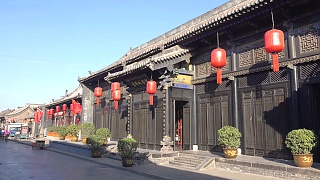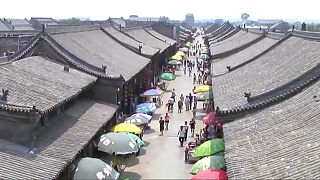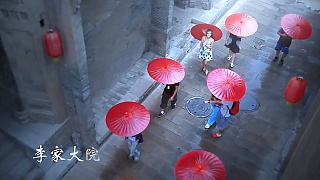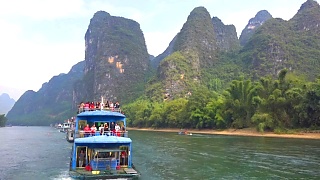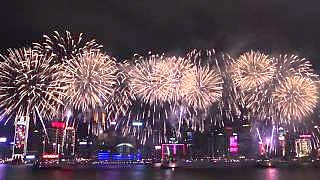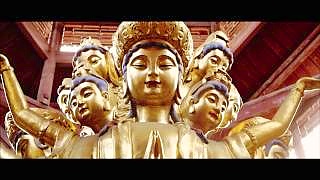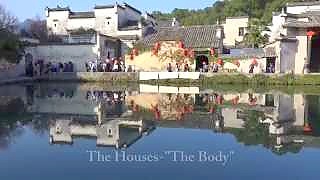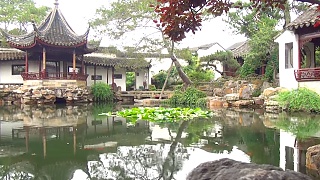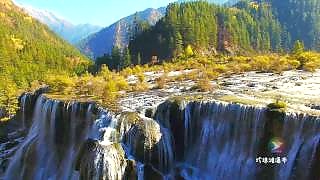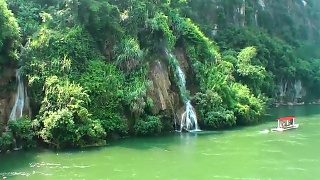PingYao (平遥) is a county in ShanXi province, central China.
PingYao is located approximately 700 kilometres (400 miles) southwest of Beijing and 80 kilometres (50 miles) from the provincial capital TaiYuan.
PingYao is an exceptionally well-preserved example of a traditional Han Chinese city, founded in the 14th century. This ancient city, which is renowned for its well-preserved city walls and outlying temples, is a UNESCO World Heritage Site.
[640],shadow=true,start=,stop=
 The ancient city of PingYao 平遥 in Ultra HD (4K)
The ancient city of PingYao 平遥 in Ultra HD (4K)


